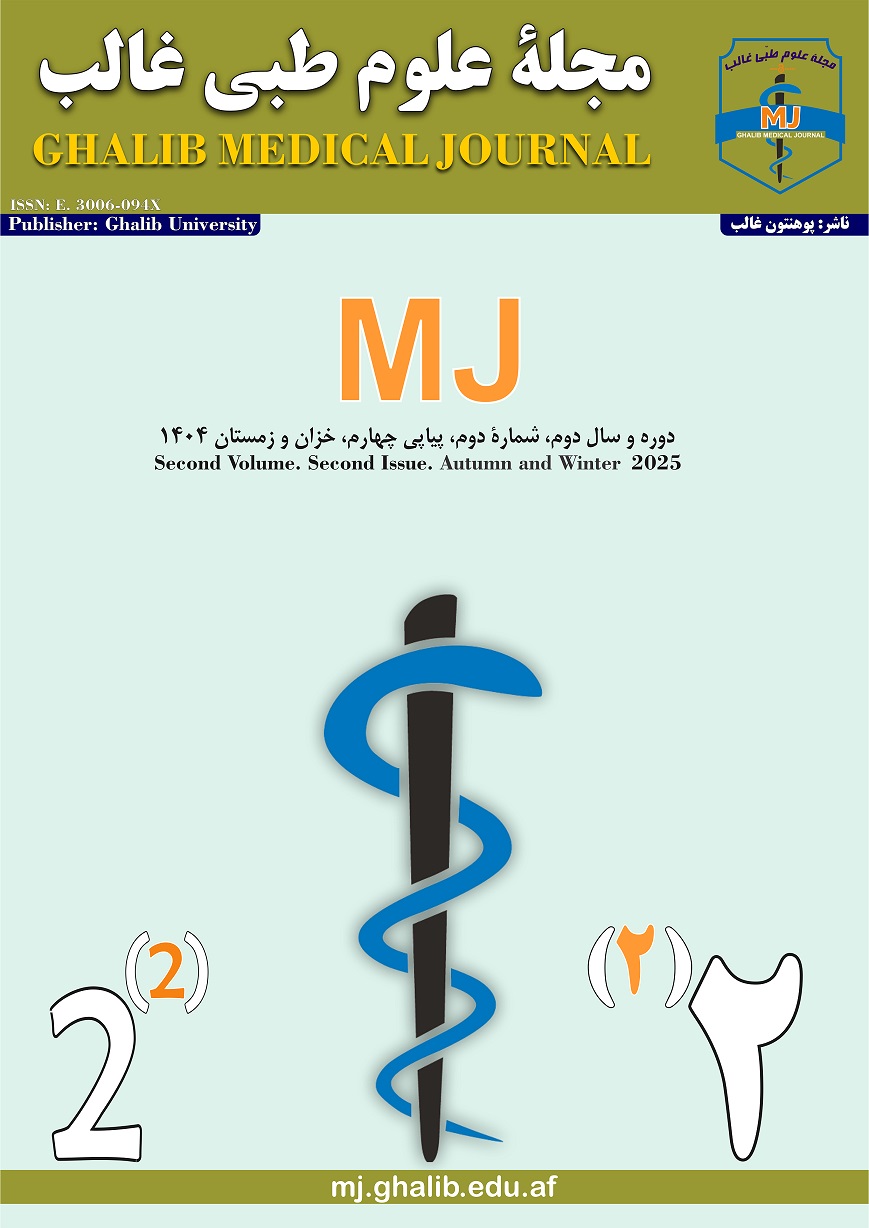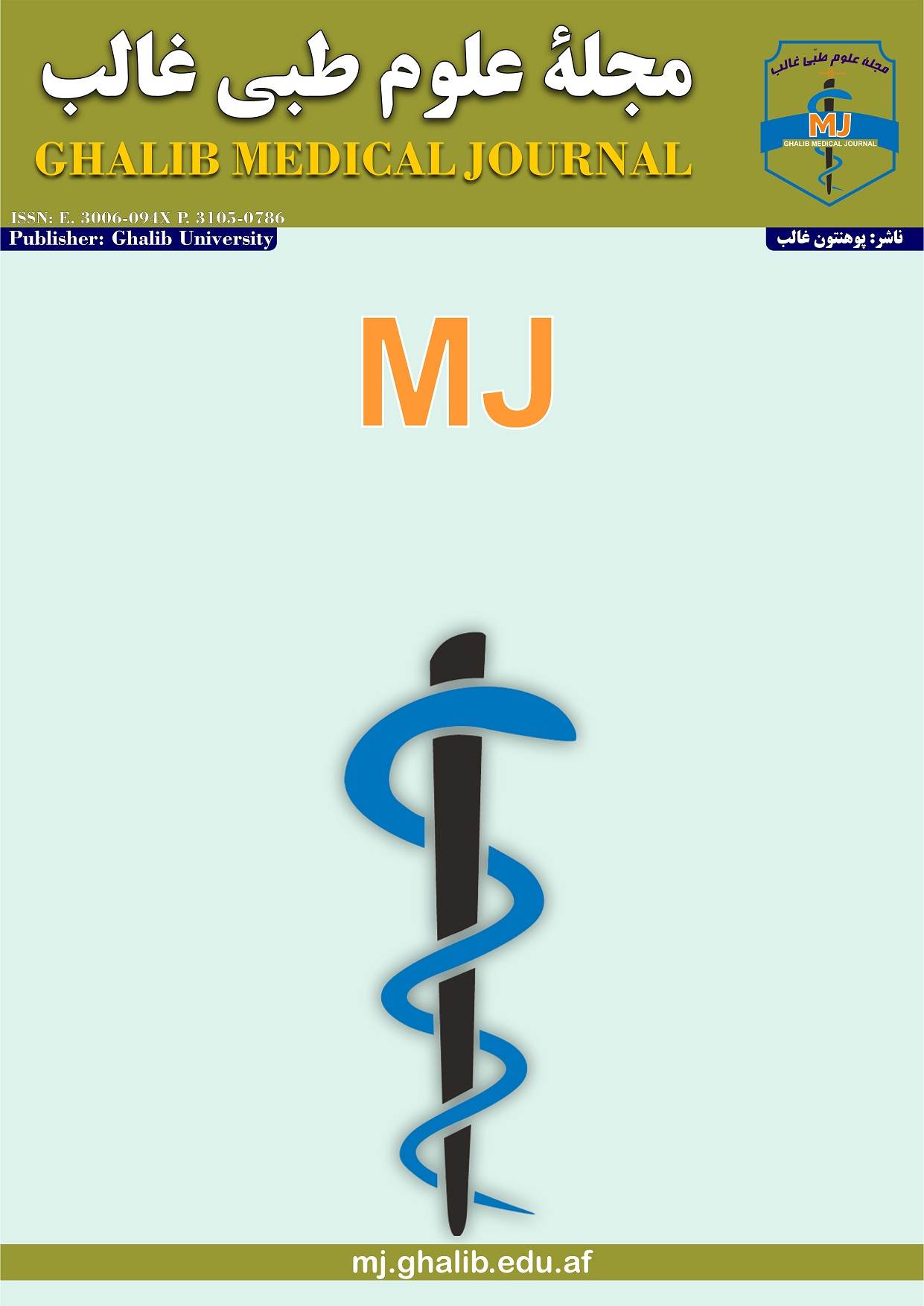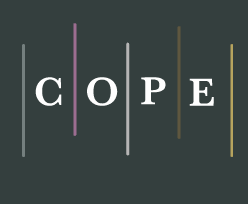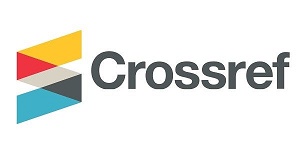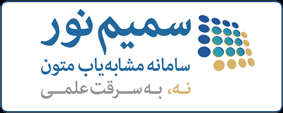A Study of Therapeutic Attitudes and Tendencies Toward Saffron Among University Professors and Students in Herat Province
DOI:
https://doi.org/10.58342/ghalibMj.V.2.I.2.12Keywords:
Saffron, Herbal Supplement, Public Health, Therapeutic Attitude, Antioxidant, HeratAbstract
Background: Saffron is a medicinal plant with a long history in traditional Asian medicine. Due to its active compounds such as crocin (the coloring agent of saffron) and safranal (the aroma agent of saffron), it possesses antioxidant, antidepressant, anti-inflammatory, and memory-enhancing properties. This study was conducted in 2024 to examine the attitudes, awareness, and consumption experiences of saffron among educated individuals in Herat province, and to assess the possibility of its use as a therapeutic supplement.
Methods: This cross-sectional descriptive study was carried out with an analytical-quantitative approach. Data were collected during the mentioned period through a structured Likert-scale questionnaire from 400 faculty members, students, and staff of Herat, Jami, and Ghalib universities. The data were analyzed using SPSS version 26 with Student’s t-test and multiple regression analysis.
Results: The findings showed that 90.2% of participants had a positive attitude toward saffron as a medicinal supplement. The confirmed therapeutic properties of saffron included mood improvement (mean = 3.62), better sleep quality (mean = 3.57), and stress reduction. Cronbach’s alpha for instrument reliability was calculated at 0.834. Furthermore, 50% of respondents were from medical sciences fields and demonstrated higher awareness of saffron’s therapeutic benefits. Multiple regression analysis revealed that the willingness to use saffron therapeutically was significantly associated with prior positive experience, belief in natural remedies, and interest in herbal treatments (P < 0.05, overall regression coefficient = 0.421).
Conclusion: The findings indicate that saffron, as an herbal supplement with multiple therapeutic applications, enjoys very high acceptance (over 90%) within the academic community. Enhancing public education, conducting further clinical research, and incorporating saffron into complementary treatment programs can contribute to improving public health and reducing dependence on chemical pharmaceuticals.
References
Abbaszade-Cheragheali A, Beheshti F, Kakhki S, Khatibi SR, Dehnokhalaji F, Akbari E, Fathi H, Farimani SS. Crocin, the main active saffron (Crocus sativus L.) constituent, as a potential candidate to prevent anxiety and depressive-like behaviors induced by unpredictable chronic mild stress. Neuroscience Letters. 2022 Nov 20; 791:136912. https://doi.org/10.1016/j.neulet.2022.136912
Agha‐Hosseini M, Kashani L, Aleyaseen A, Ghoreishi A, Rahmanpour HA, Zarrinara AR, Akhondzadeh S. Crocus sativus L.(saffron) in the treatment of premenstrual syndrome: a double‐blind, randomised and placebo‐controlled trial. BJOG: An International Journal of Obstetrics & Gynaecology. 2008 Mar;115(4):515-9. https://doi.org/10.1111/j.1471-0528.2007.01652.x
Ahmadian, Ahmad (2013). Important Medicinal Plants of Iran, Volume 1, Torbat Heydariyeh University Press, pages 169-173. doi: 10.3390/medicina56030097
Alipour R, Aryaeian N, Hajiluian G, Soleimani M, Barati M. The effect of the saffron intervention on NAFLD status and related gene expression in a rat model. Medical Journal of the Islamic Republic of Iran. 2023 Mar 27; 37:28. doi: 10.47176/mjiri.37.28
Bastani S, Vahedian V, Rashidi M, Mir A, Mirzaei S, Alipourfard I, Pouremamali F, Nejabati H, Maroufi NF, Akbarzadeh M. An evaluation on potential anti-oxidant and anti-inflammatory effects of Crocin. Biomedicine & Pharmacotherapy. 2022 Sep 1; 153:113297. https://doi.org/10.1016/j.biopha.2022.113297
De Mastro, G and Ruta, C. (1993). Relation between corm size and saffron (Crocus sativus) flowering. Acta Horticulture. 344: 514-517. DOI: 10.17660/ActaHortic.1993.344.58
He SY, Qian ZY, Wen N, Tang FT, Xu GL, Zhou CH. Influence of crocetin on experimental atherosclerosis in hyperlipidamic-diet quails. European journal of pharmacology. 2007 Jan 12;554(2-3):191-5. https://doi.org/10.1016/j.ejphar.2006.09.071
HEYDARI M, REZANEZHADI JB, Delfan B, Birjandi M, Kaviani H, Givrad S. Effect of saffron on semen parameters of infertile men. DOI:10.22037/uj.v5i4.34
José Bagur M, Alonso Salinas GL, Jiménez-Monreal AM, Chaouqi S, Llorens S, Martínez-Tomé M, Alonso GL. Saffron: An old medicinal plant and a potential novel functional food. Molecules. 2017 Dec 23;23(1):30. https://doi.org/10.3390/molecules23010030
Kouchaki, A., Najibnia, and Vallah Gani, B. (2009). Evaluation of saffron performance in intercropping with cereals, legumes, and medicinal plants, Iranian Journal of Agricultural Research. Volume 7, Number 1, 175-184. DOI: 20.1001.1.20081472.1388.7.1.18.6
Macua T. Epidemiology and Management of Anxiety Disorders. J. Pediatr. Neurol. Med. 2021; 6:3-5. DOI: 10.37421/jpnm.2021.06.163
Maggi MA, Bisti S, Picco C. Saffron: Chemical composition and neuroprotective activity. Molecules. 2020 Nov 29;25(23):5618. https://doi.org/10.3390/molecules25235618
Moshiri M, Vahabzadeh M, Hosseinzadeh H. Clinical applications of saffron (Crocus sativus) and its constituents: a review. Drug research. 2015 Jun;65(06):287-95. DOI: 10.1055/s-0034-1375681
Pitsikas N, Tarantilis PA. The GABAA-benzodiazepine receptor antagonist flumazenil abolishes the anxiolytic effects of the active constituents of Crocus sativus L. Crocins in rats. Molecules. 2020 Nov 30;25(23):5647.https://doi.org/10.3390/MOLECULES25235647
Pouchieu C, Pourtau L, Brossaud J, Gaudout D, Corcuff JB, Capuron L, Castanon N, Philip P. Acute effect of a saffron extract (Safr’InsideTM) and its main volatile compound on the stress response in healthy young men: a randomized, double blind, placebo-controlled, crossover study. Nutrients. 2023 Jun 27;15(13):2921. https://doi.org/10.3390/nu15132921
Downloads
Published
How to Cite
Issue
Section
License
Copyright (c) 2025 صفی الله فطرت, علی احمد محمدی, عبدالواسع امیری

This work is licensed under a Creative Commons Attribution 4.0 International License.
